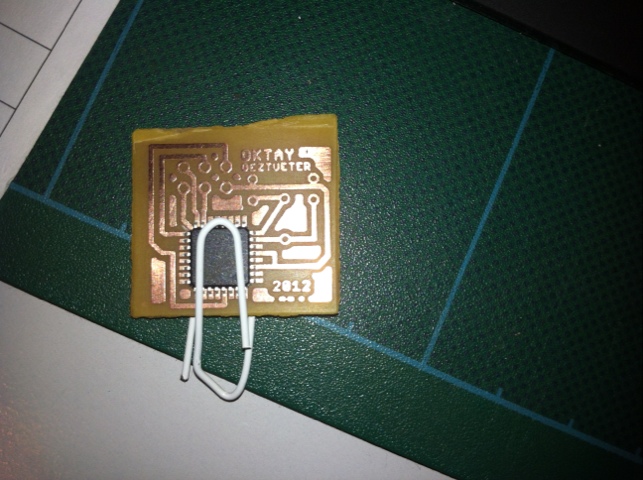ethersex – netio – dht11 (dht22 not working yet)
yes, ethersex has included now dht11 (cheap humidity and temperature sensor – 1 wire similar digital protocol)
here are some task I needed to do in order to get that working:
– scripts/add-hardware netio_local
then edit the newly created user file: pinning/hardware/user_netio_local.m4
for my lcd hd47780, yours maybe different pins:
dnl
dnl user_netio_local.m4
dnl
dnl Pin Configuration for 'user_netio_local'. Edit it to fit your needs.
dnl
/* onewire port range */
ONEWIRE_PORT_RANGE(PA6, PA6)
/* port the enc28j60 is attached to */
pin(SPI_CS_NET, SPI_CS_HARDWARE)
/* DHT 11/22 humidity and temperature sensors */
pin(DHT, PA7, INPUT)
pin(HD44780_RS, PD3)
pin(HD44780_EN1, PB0)
pin(HD44780_D4, PD4)
pin(HD44780_D5, PD5)
pin(HD44780_D6, PD6)
pin(HD44780_D7, PD7)
pin(HD44780_RW, PD2)
pin(HD44780_BL, PB1, OUTPUT)
then
make menuconfig
then make
then you have your hex file ethersex.hex
upload this file to your avr / netio .
I have a atmega32 inside, and it is filled up to the top. so space is an issue here.
99.8% full 🙂
I have activated i2c, 1wire, dht, hd44780, vfs, httpd
